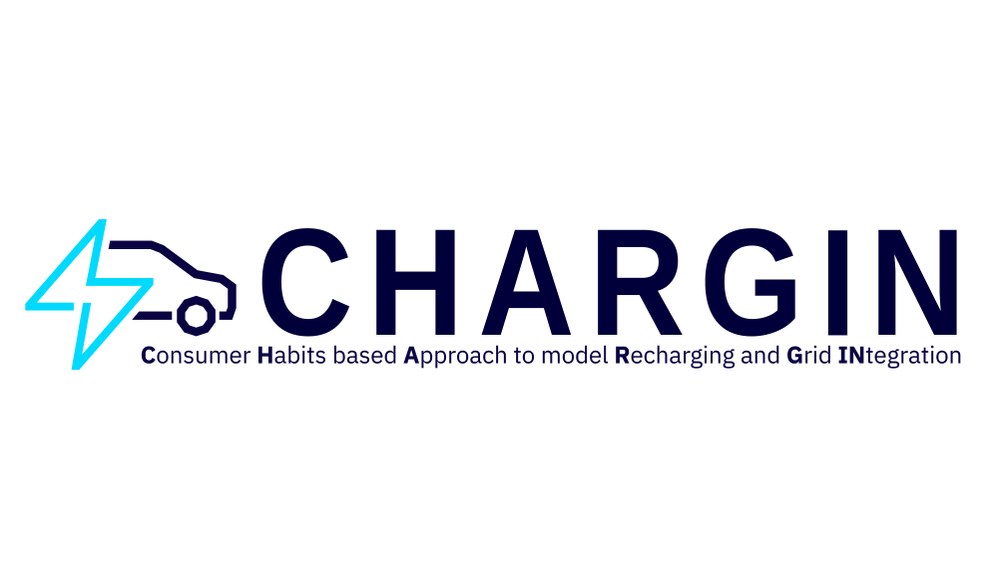CHARGIN
How it works
CHARGIN simulates charging demand on the basis of mobility data - this can come from surveys such as "Mobility in Germany" or from transport demand models such as TAPAS. Scenario framework conditions, such as fleet composition and charging prices, are also taken into account for the modelling.
The special feature is that not only the technical potential is analyzed (the vehicle is always charged when a charging point is available), but user behavior is also taken into account (i.e., the circumstances under which the vehicle is actually plugged in for charging).
CHARGIN uses the input information to model the charging behavior of each individual vehicle in the data set and uses this information to calculate the charging demand under the selected scenario conditions. Hourly-resolved profiles are calculated for the selected region over the course of a week, differentiated by charging location. The results include occupied charging stations, connected power, energy demand and flexibility potential.
Four overarching assumptions apply to the CHARGIN calculations:
- Electromobility will develop into a mass market.
- The users of electric vehicles will not change their travel behavior significantly.
- Users will mainly charge where they already park.
- The energy system can meet the demand for electricity and energy at all times.
These assumptions are consistent with other studies and the expected user behavior for a mass market of e-vehicles.






